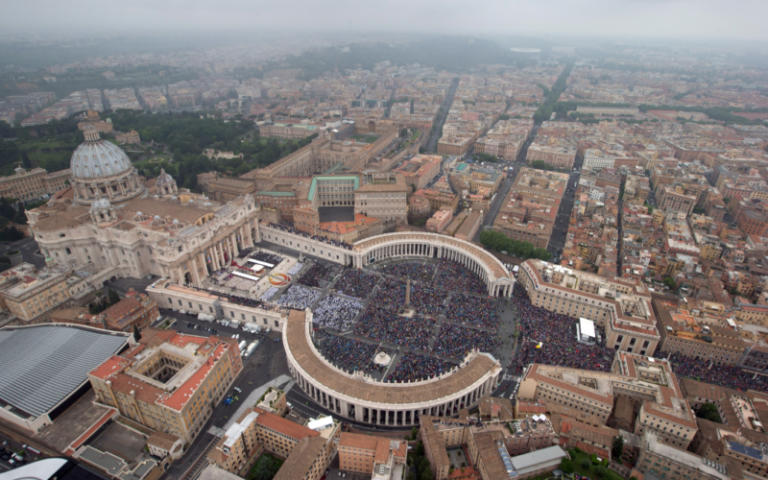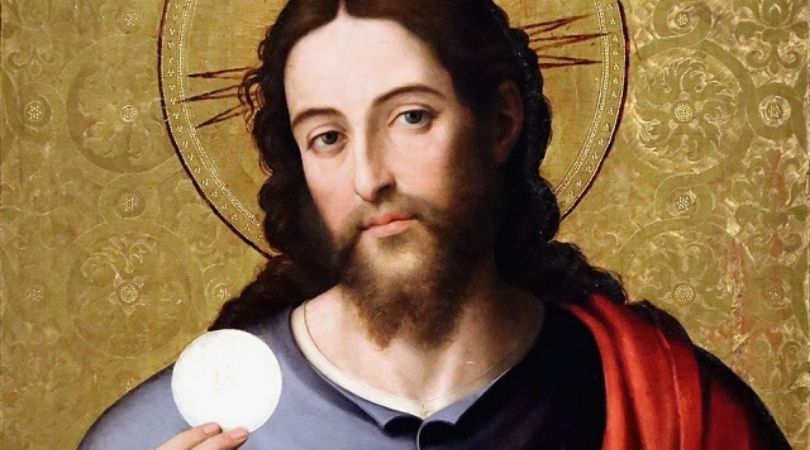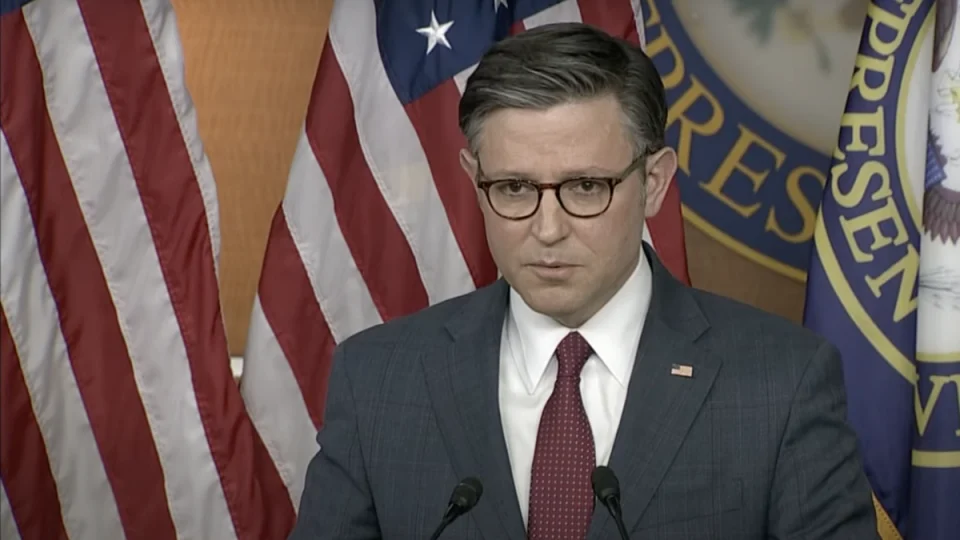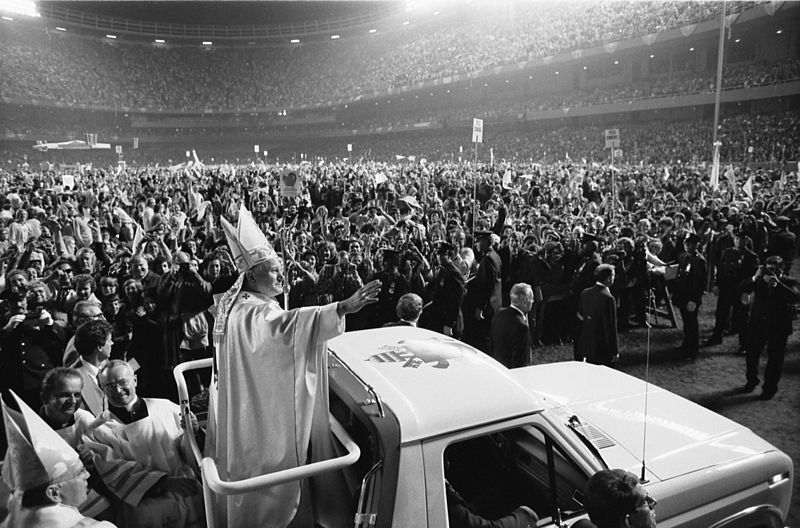What a Vatican reshuffle shows about its attitude to the laity
By Fr. Raymond de Souza, Catholic Herald, S
It was thirty years ago this summer that St John Paul II promulgated Pastor Bonus, his reorganization of the Roman Curia, completing the curial reforms started by Blessed Paul VI in the years after the Council. Pope Francis sought to update those measures, and his own curial reform has been underway for five years, notably producing the amalgamation of some pontifical councils into a larger department, or “dicastery” in curial parlance. Recently, Cardinal Kevin Farrell, Prefect of the Dicastery of Laity, Family and Life, explained the rationale for his new department.
“The [new discastery] is to give prominence to laity,” Farrell told Intercom, the magazine of the Irish bishops. “They are the most important people in the Church, not the clergy, not the bishops. Pope Francis directly told me that he is tired of all these congregations taking the first role in everything. He said that he wants a department in the Vatican for lay people, that is equivalent to all of the other congregations (for Bishops, Clergy, Religious and so on). And by lay people, he does not mean people who belong to ecclesial movements, rather to the regular people who go to church. The Church does not want to clericalise the laity.”
That bears careful reading. First, it is not obvious why the laity are more important than clergy. If the Eucharist is the source and summit of the Christian life, it would seem counter-intuitive that the grace of Holy Orders, which makes one capable of confecting the Eucharist, would render a man less important. But Cardinal Farrell was probably speaking loosely with the intent of demonstrating that he does not look down upon the laity.
But what does the creation of the new dicastery say about how the laity is regarded from a curial perspective? The ambiguous name “dicastery” could give rise to some confusion.
There are three principal types of “dicasteries” – secretariats, congregations and councils. Secretariats have broad coordinating authority to carry out the Pope’s wishes. That is why it was significant that Pope Francis added a “secretariat” for economic affairs in 2014, signalling that it would have authority over other bodies, as does the Secretariat of State.
“Congregations” exercise the supreme authority of the Holy Father in various jurisdictions – doctrine, missions, liturgy, bishops, clergy, religious, eastern Churches, education, saints. They make decrees and govern, in the Pope’s name, the areas of ecclesial life entrusted to them.
Pontifical “councils” do not exercise that jurisdiction, but rather promote the Church’s proclamation of the Gospel in various sectors of society – laity, family, migrants, justice and peace, Christian unity, health care.
Cardinal Farrell’s remarks suggest that Pope Francis considers congregations to be more important than councils, and so a “congregation” for religious juxtaposed with a “council” for the laity would mean that the Church considers the religious more important than the laity.
So why not just have a congregation for the laity, instead of a dicastery?
Partly because St John Paul II decided that would be the wrong approach back in 1988. He took the view that the Holy See did govern clerics and religious, seminaries and monasteries, the sacraments and the liturgy, with binding force. Those matters were subject to the Holy See’s authority.
The laity were not to be governed as such, in John Paul’s view. The mission of the laity is the sanctification of the temporal order. To say that the lay faithful as a whole, or families, or migrants, were subject to Holy See control would suggest a vision of the relationship of the Church to the temporal order more reminiscent of medieval altar-and-throne arrangements than the vision of the Church taught by Vatican II.
Clearly that view still carries weight, otherwise for public relations purposes there would be a “congregation” for the laity with an equal claim to prestige with the other congregations. Instead, there was a change in name from “council” to that of the ambiguous “dicastery”. Arguably, the amalgamation of the council for the laity along with other pontifical councils means a demotion. While previously councils promoting the lay vocation and family life, for example, had their own cardinal presidents, both are lumped together under a single man with divided attention.
This concern was raised in the formation of the other amalgamated “dicastery for promoting integral human development”, which includes the former pontifical council for migrants. It wouldn’t do for migrants to be downgraded under Pope Francis, so while they lost their own council, the Holy Father decided that he himself would head up the migrant section of the new dicastery, meaning that Pope Francis appears both above and below Cardinal Peter Turkson, prefect of the new dicastery, on the Vatican org chart.
Bureaucratic shuffling rarely has much effect on the Church’s mission. But it does reflect how those doing the shuffling think.
_____________________________







